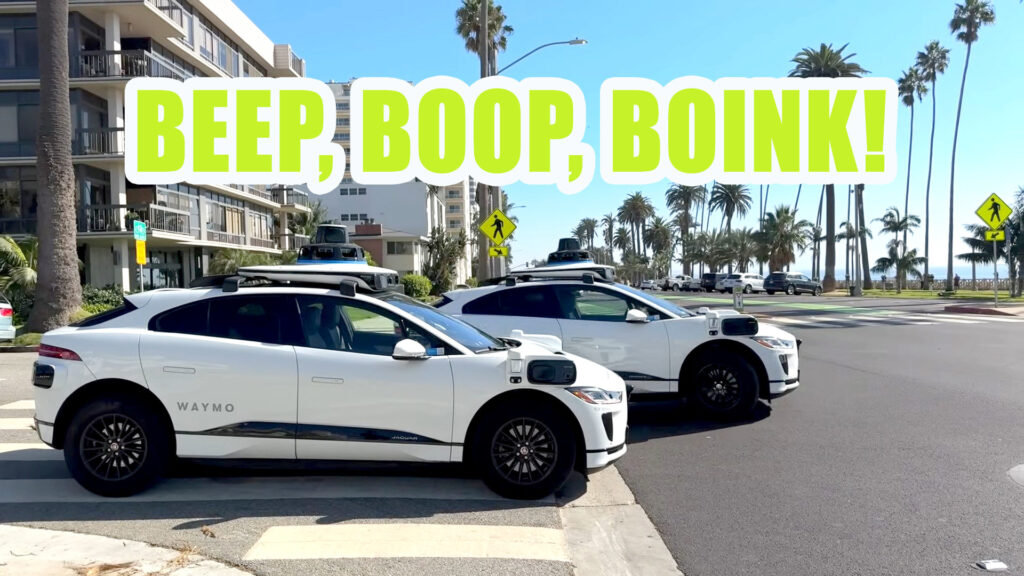Even robotaxis seem to find autonomous vehicles annoying, a recent video proves
4 hours ago
 –>
–> 
–>
The sci-fi author Philip K. Dick famously asked in the title of his seminal 1968 novel if androids dream of electric sheep. Now the rest of the world is wondering if autonomous vehicles experience impatience and road rage.
The unlikely topic has been raised thanks to a recent YouTube video from user Kevin Chen that shows a Waymo self-driving test vehicle displaying what, if humans were driving, would look distinctly like childish (and, for that matter, dangerous) behavior. Waymo did not immediately respond to our request for comment.
Based on the street signs in the video, the incident takes place at the intersection of Ocean Avenue and Washington Avenue, in Los Angeles, California. The scene opens with two driverless Jaguar I-Paces operated by Waymo side by side at a stop sign.
advertisement scroll to continue
The vehicle on the right side of the streets creeps past the stop line and into the crosswalk to wait for a break in traffic that will allow it to turn right. It is soon followed by the vehicle to its left, which also creeps towards the intersection.
[embedded content]
As a gap appears to present itself, both vehicles creep a little further, then both stop to let a Chevrolet Volt drive by. The vehicle on the left side of the road then creeps ahead again, cutting off the vehicle in the right-hand lane, and forcing it to stop.
The vehicle on the left then drives around the one on the right to make a right turn, cutting the other vehicle off. Although the situation ends without a collision, it remains an alarming interaction.
Read: Waymo’s Data Claims Its Driverless Cars Are 6.7 Times Safer Than You Humans
While I can understand why it’s difficult to design a robot that can predict and interact with the full spectrum of human behavior, it would be worrying if autonomous vehicles had a hard time interacting with other robotaxis made by the same company. Surely that’s the one thing it should be easy to get them to do well.
While we don’t know all of the context surrounding this incident, it would appear to be a rather embarrassing fumble for an industry that is struggling to repair its image following a series of safety lapses late last year.


